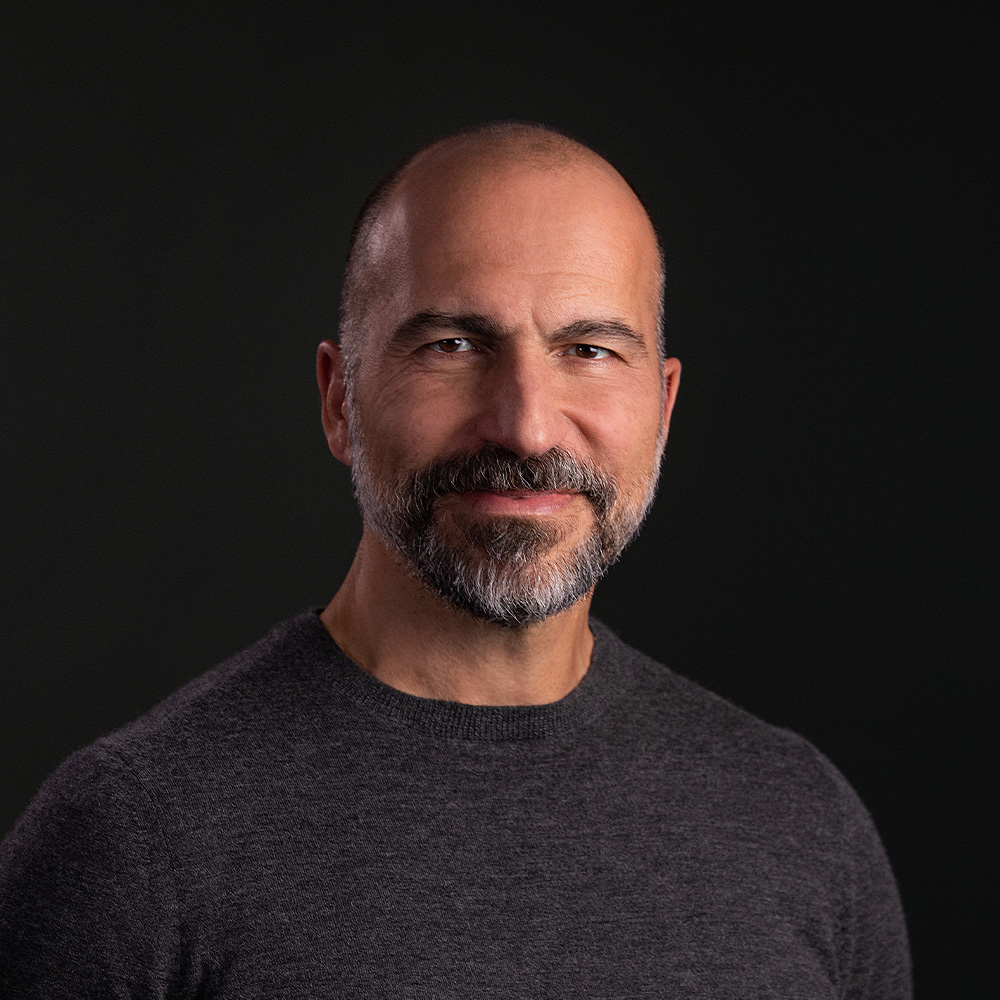Uber CEO Dara Khosrowshahi’s undercover gig work reveals challenges for drivers and company transformation
In an effort to comprehend the issues faced by gig workers, Uber’s Chief Executive Officer, Dara Khosrowshahi, worked in secret as an Uber driver and delivery agent in San Francisco for several months. Khosrowshahi’s stint was motivated in part by the labor shortage that Uber faced in the wake of the pandemic. The company had more riders than drivers, resulting in longer wait times and surging prices. To attract more drivers, Khosrowshahi set aside $250 million as bonuses.
However, Khosrowshahi realized that monetary incentives alone were not enough to attract and retain drivers. Khosrowshahi detected several challenges with Uber’s product design and policies that hindered drivers from working efficiently for the company. An instance was the clunky and confusing sign-up process for gig workers.To address this issue, Khosrowshahi created a single sign-up process that allowed drivers to toggle between food delivery and passenger transport.
An additional crucial problem was that drivers did not have access to the rider’s drop location and estimated payment before accepting a trip. Only a few drivers with high acceptance rates were given this information ahead of time. Khosrowshahi personally experienced this frustration and asked his team to expedite the timetable for all US drivers to see destinations upfront without any restrictions.
Tip baiting was also encountered by Khosrowshahi during his undercover stint where customers offered a higher tip but paid less after delivery. Uber attempted to tackle this problem by preventing customers from altering the tip amount after delivery, but this resulted in a decrease in the number of customers who tipped.
According to The Wall Street Journal, Uber’s Project Boomerang played a significant role in the company’s transformation. This campaign included better communication with drivers and a fairer tipping policy.

